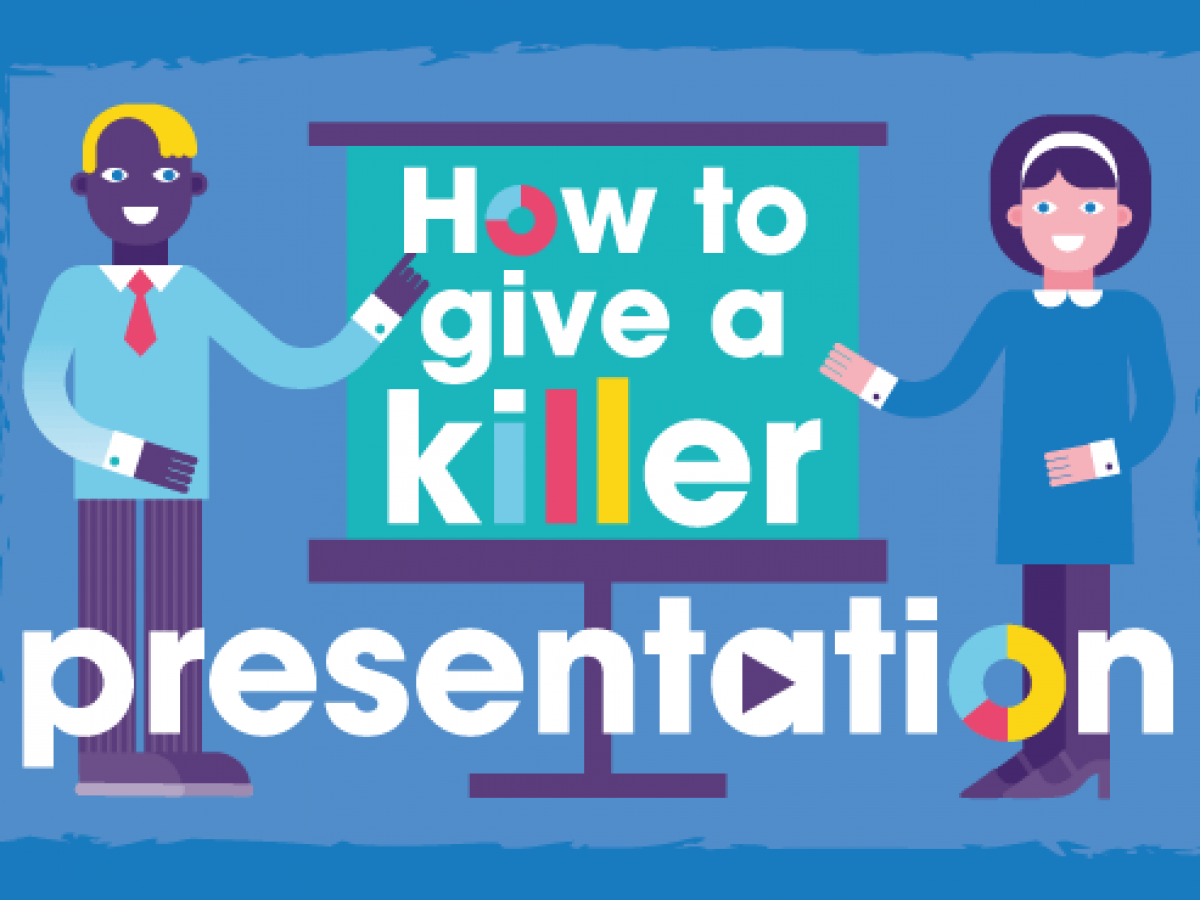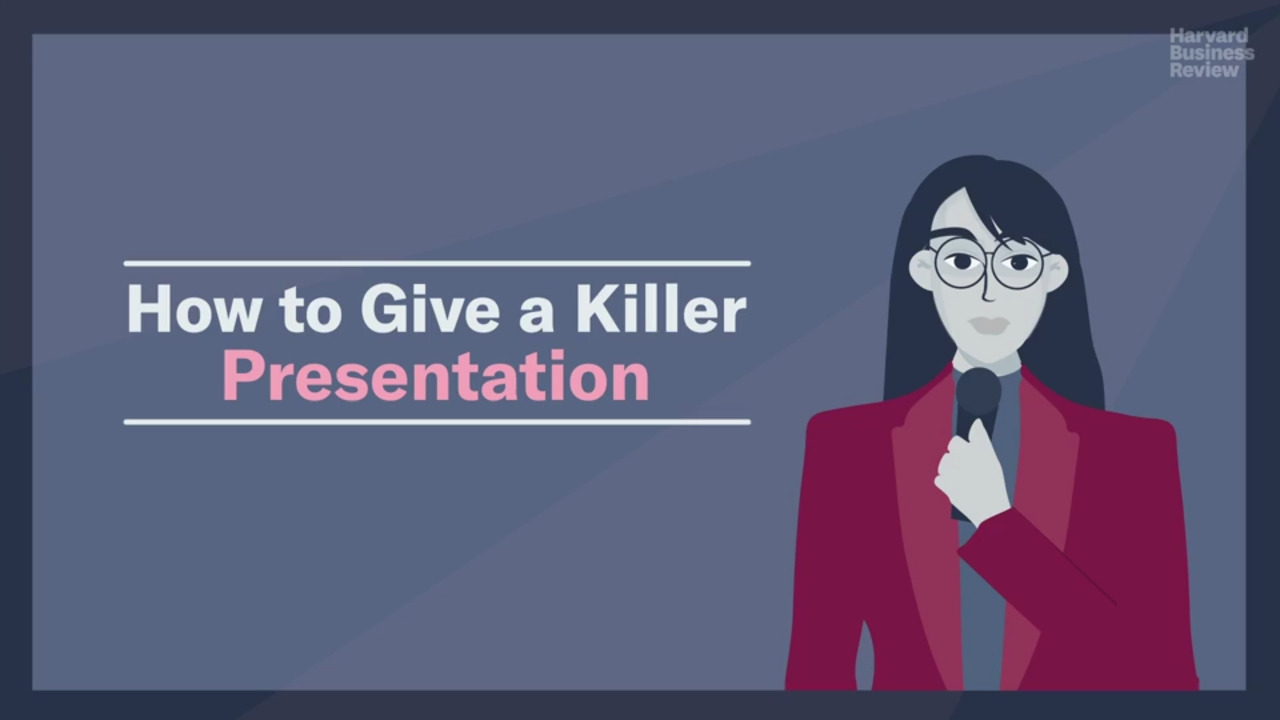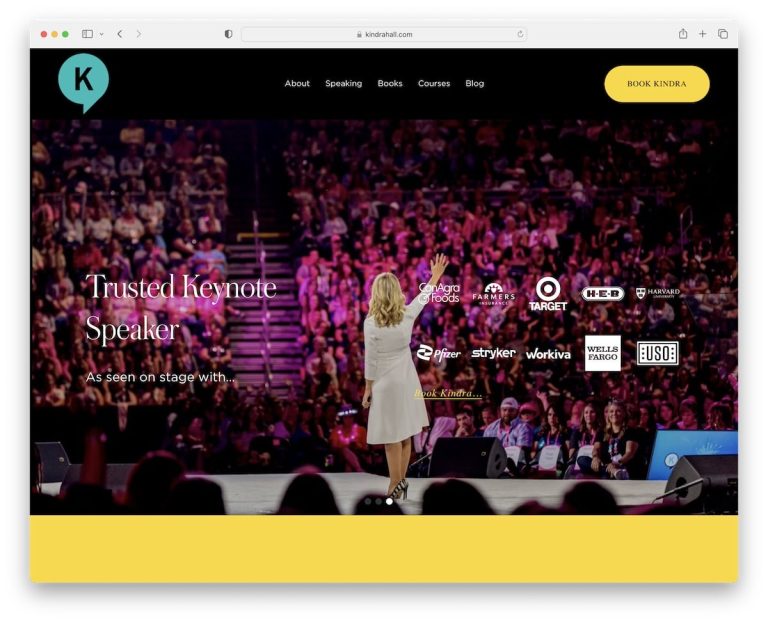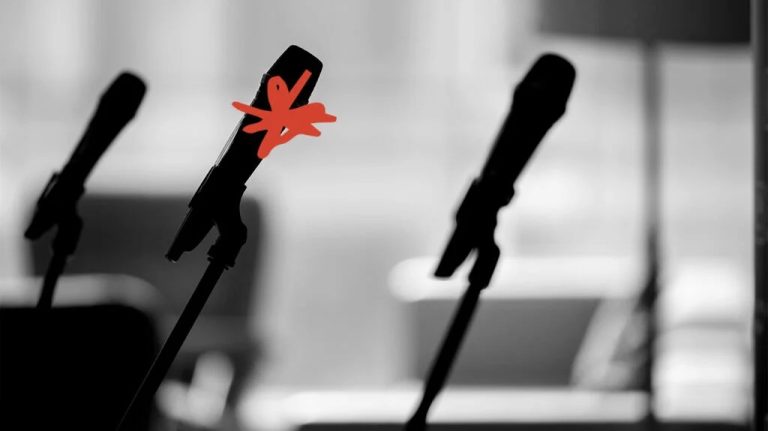How to Give a Killer Presentation?
To give a killer presentation, you must engage your audience from the start and deliver clear, concise messages throughout. Are you gearing up to give a presentation that leaves a lasting impact on your audience?
Giving a killer presentation requires careful planning and execution. It involves captivating your audience’s attention, conveying your message with clarity, and leaving a lasting impression. Whether you’re presenting at a business meeting, conference, or in a classroom, the art of delivering a powerful presentation can make all the difference.
This article will provide you with valuable insights, tips, and techniques to help you give a killer presentation. So, let’s dive in and discover how you can make your next presentation a remarkable one.

Credit: bizibl.com
Know Your Audience
Crafting a killer presentation begins with understanding your audience. By knowing their needs, interests, and preferences, you can tailor your delivery to captivate and engage them effectively. Grab their attention with compelling content, use visuals to reinforce your message, and speak confidently to leave a lasting impact.
Giving a killer presentation requires more than just knowing your material inside out. To truly captivate your audience, it’s essential to have a thorough understanding of who they are, what they need, and what interests them. Researching your audience and tailoring your content accordingly can make all the difference in delivering a presentation that leaves a lasting impact.
Research The Audience
To effectively connect with your audience, take the time to research and gather information about them. Understand their demographics, such as age, gender, occupation, and educational background. This information will help you shape your content and communication style to resonate with them.
Additionally, consider the interests, preferences, and values of your audience. Determine what motivates and engages them, allowing you to craft a presentation that aligns with their needs and goals.
Tailor Your Content
Once you have gathered valuable insights about your audience, it’s time to tailor your presentation specifically for them. Your content should provide them with value and address their unique challenges and concerns.
Consider highlighting relevant success stories or case studies that showcase how your ideas or solutions can help them overcome obstacles or achieve their goals. Use language and examples that are relatable to their experiences and background.
Furthermore, be mindful of the tone and style of your presentation. Use visuals, anecdotes, or humor that resonate with your audience to make your message more engaging and memorable.
By customizing your content, you demonstrate that you understand your audience’s needs and have gone the extra mile to deliver a presentation that is relevant to them.
In conclusion, knowing your audience is a crucial aspect of giving a killer presentation. By researching your audience and tailoring your content accordingly, you can effectively connect with them on a deeper level, making your presentation more impactful and memorable.
Create A Compelling Opening
When it comes to giving a killer presentation, one of the most important aspects is creating a compelling opening. This is the part where you grab your audience’s attention and set the stage for the rest of your presentation. There are two effective strategies that can help you achieve this: telling a story and asking a thought-provoking question.
Tell A Story
Telling a story is a powerful way to engage your audience right from the start. People love stories, and using one in your opening can instantly capture their interest and make them curious about what comes next. To create a compelling opening using a story, consider the following tips:
- Choose a story that is relevant to your topic and supports your main message.
- Keep the story concise and focused on the key points you want to convey.
- Use descriptive language and vivid imagery to make the story come alive.
- Include a relatable protagonist or a situation that your audience can easily connect with.
- Consider starting the story with a surprising or intriguing statement to hook your audience.
Ask A Thought-provoking Question
Another effective way to create a compelling opening is by asking a thought-provoking question. This strategy immediately engages your audience’s curiosity and gets them actively thinking about the subject of your presentation. When using this technique, keep the following in mind:
- Choose a question that is relevant to your topic and encourages critical thinking.
- Make sure the question is clear and easy to understand.
- Avoid closed-ended questions that can be answered with a simple “yes” or “no”.
- Consider starting with a hypothetical scenario or a provocative statement that leads into the question.
- Encourage participation by allowing a brief moment for your audience to reflect on and respond to the question.
A compelling opening sets the tone for your entire presentation and captivates your audience right from the start. Whether you choose to tell a story or ask a thought-provoking question, make sure your opening is engaging, relevant, and piques curiosity. By creating a powerful opening, you’ll set yourself up for a killer presentation that will leave a lasting impact on your listeners.
Design Effective Slides
When it comes to delivering a killer presentation, design plays a vital role in capturing your audience’s attention and conveying your message effectively. Your slides need to be visually appealing and engaging, guiding your audience through your presentation seamlessly. To achieve this, there are two key factors to consider: using visuals and keeping it simple.
Use Visuals
Visuals are a powerful tool for enhancing the impact of your presentation. They help to grab your audience’s attention, reinforce your key points, and make complex information easier to understand. Incorporating visuals such as images, graphs, and charts into your slides can help to break up text-heavy content and make your presentation more visually appealing. Visuals also have the advantage of being memorable, enabling your audience to retain information more effectively.
When selecting visuals for your slides, make sure they are relevant to your topic and support your message. High-quality images, colorful graphs, and clear diagrams can make a significant difference in maintaining your audience’s engagement. Remember to choose visuals that are easy to understand and complement your spoken words. Using too many visuals or irrelevant images can distract your audience and dilute the impact of your presentation.
Keep It Simple
Avoid overwhelming your audience with cluttered and complex slides. Keeping it simple is key to maintaining their focus and ensuring they can easily follow your presentation. Simplicity applies to both the content and design of your slides.
When it comes to content, limit yourself to the essential information. Only include key points and supporting details that directly contribute to your main message. Use bullet points or numbered lists to organize your information in a concise and easy-to-digest format. Remember, less is often more when it comes to slide content, as it allows your audience to focus on your words rather than struggling to read lengthy paragraphs.
Regarding design, opt for a clean and uncluttered layout. Avoid using excessive animations, distracting transitions, or fancy fonts that may hinder readability. Stick to a consistent color scheme that is easy on the eyes and helps to maintain visual coherence throughout your presentation. Simple, straightforward slides create a professional and polished impression, making it easier for your audience to pay attention and absorb your message.

Credit: hbr.org
Master Body Language
When it comes to giving a killer presentation, mastering body language is crucial. Your body language can speak volumes, even louder than your words, to engage and captivate your audience.
Maintain Good Posture
One of the key elements of effective body language in presentations is maintaining good posture. Stand tall with your shoulders back and your head held high. This not only portrays confidence but also helps you project your voice more effectively. A straight posture shows that you are attentive and in control, while slouching gives off an impression of disinterest or lack of confidence. Remember to keep both feet planted firmly on the ground and distribute your weight evenly.
Use Hand Gestures, Ensuring
Using hand gestures can add emphasis and clarity to your message. It helps you connect with your audience on a visual level and keeps them engaged. However, it is essential to use hand gestures in a purposeful and controlled manner. Excessive or random gestures can come across as distracting or unprofessional. Use your hands to complement your words and highlight key points. For instance, you can use an open palm for inclusivity or a pointing gesture to draw attention to specific areas.
Mastering body language is an art that can take time and practice, but it is a skill worth honing. Good posture and purposeful hand gestures can help you project confidence, establish credibility, and effectively communicate your message to your audience.
Engage Your Audience
Engaging your audience is key to giving a killer presentation. When your audience is actively participating and invested in what you have to say, you’ll have their full attention and make a lasting impact. Here are a few strategies to help you connect with your audience and deliver a memorable presentation:
Ask For Questions
Asking for questions throughout your presentation is a simple yet effective way to engage your audience. By encouraging them to ask questions, you create a dialogue and make the presentation interactive. This shows that you value their input and opinions, making them feel more involved in the content.
Encourage Participation
Participation is crucial for keeping your audience engaged. Create opportunities for them to actively participate, whether it’s through polls, interactive activities, or group discussions. This not only increases engagement but also helps reinforce key points and fosters a collaborative learning environment.
One effective way to encourage participation is by incorporating breakout sessions or small group activities. This allows attendees to work together, share ideas, and actively contribute to the discussion. By dividing the audience into smaller groups, you cultivate a sense of community and provide an opportunity for each individual to have their voice heard.
Additionally, using technology tools like live polling or interactive presentation software can enhance audience participation. These tools allow attendees to provide real-time feedback, answer questions, and engage with the content in a more interactive and dynamic way.

Credit: www.businessbacker.com
Frequently Asked Questions For How To Give A Killer Presentation?
What Are The Key Elements Of A Killer Presentation?
A killer presentation includes engaging content, captivating visuals, and effective delivery to leave a lasting impact.
How Can I Grab The Audience’s Attention From The Start?
Start with a compelling story, ask a thought-provoking question, or use an attention-grabbing visual to hook your audience from the beginning.
How Can I Overcome Nervousness While Presenting?
Practice and preparation in front of a mirror or with friends, deep breaths, and positive self-talk can help you overcome nervousness and deliver a confident presentation.
Conclusion
Delivering a killer presentation involves careful planning, effective communication and engaging delivery. By following the tips discussed in this blog post, such as creating a strong opening, utilizing visual aids, maintaining a confident posture, and practicing your delivery, you can captivate your audience and leave a lasting impression.
Remember, preparation is key, so take the time to rehearse and refine your presentation skills. With practice and confidence, you can become a master presenter.




